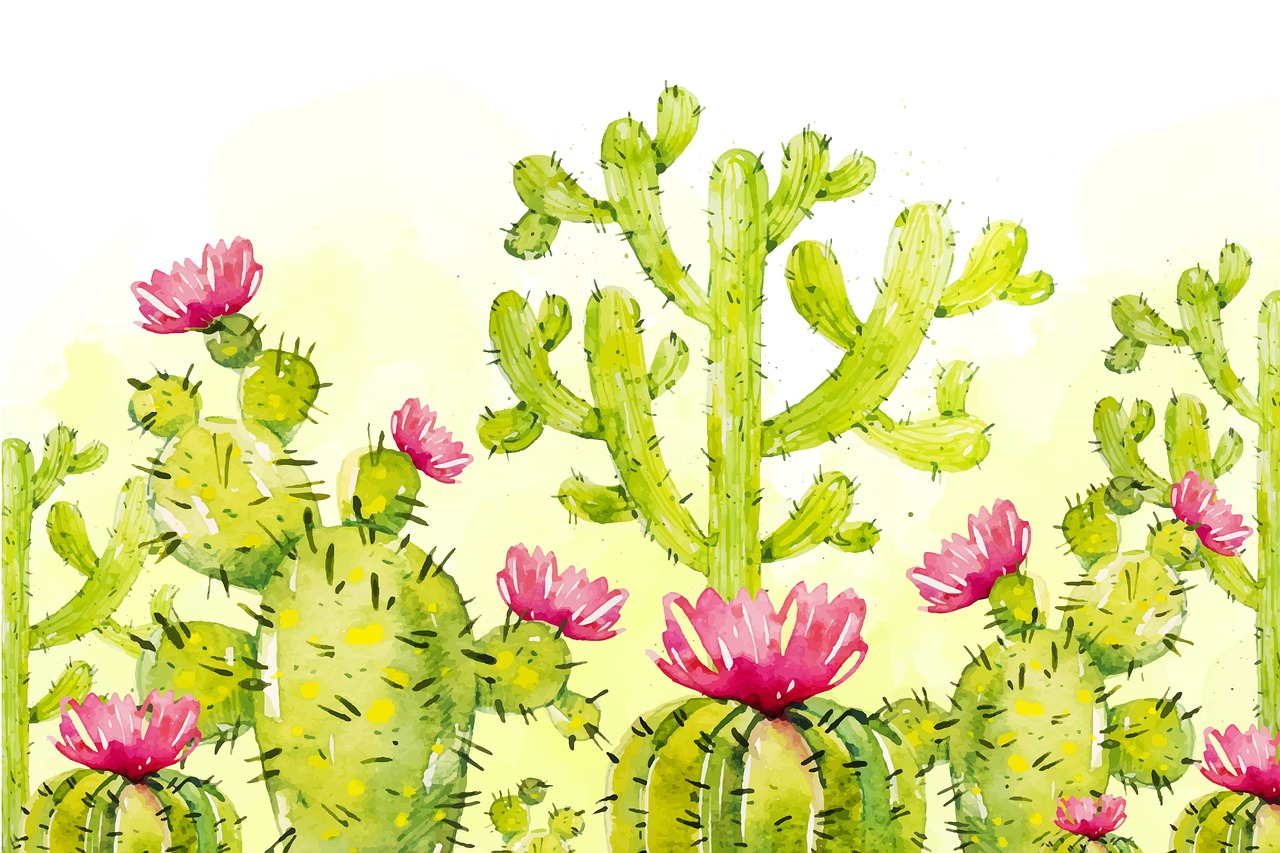If you’re curious about how are transpiration and photosynthesis related, a study from the Japanese Journal of Crop Science noted that the relationship between them is not completely established. However, you still need to understand these two terminologies because they can help you learn more about your plants and get a more productive garden. One can also find a connection between transpiration and photosynthesis because both are necessary for plants’ growth and maintenance.
Think of it as for photosynthesis to have its continued supply of water; transpiration should happen. You want your plants to have everything they’ll need for photosynthesis because it is essentially how they make food and energy. Modern gardeners have discovered the use of a greenhouse to ensure the proper rate of photosynthesis and maintain growth, which proves how the understanding of these mechanisms affects the efficiency of your garden.

Additionally, both transpiration and photosynthesis have limiting similar factors. Therefore, the two are related and will both be impaired if plants are in an unstable environment with these factors.
Transpiration vs Photosynthesis: How Are Transpiration And Photosynthesis Related
As mentioned previously by the Japanese Journal of Crop Science, the relationship between transpiration and photosynthesis is not established completely. This is because they found out how photosynthesis will not be affected if one restrains transpiration in the plant’s early growth stage. However, the emphasis is necessary that the rate of photosynthesis increased significantly from this restraint.
From the study, you can conclude that it’s possible to have insufficient water supply from the roots when the plants enter the late growth stage. This is where the two plant processes have a relation with each other. Think of it this way; transpiration is how the plant will take water from roots towards the leaves.
On the other hand, the plant’s leaf will require water and carbon dioxide to conduct photosynthesis. Therefore, the plant should balance conserving water and take in carbon dioxide to do photosynthesis efficiently. If transpiration is not adequate, photosynthesis will not take place.
This is also why using a greenhouse puts you at an advantage because factors like temperature, humidity, sunlight, wind, and precipitation are influential to the transpiration rates. If you’re growing plants outdoors, you run the risk of encountering erratic temperature and weather conditions that can affect transpiration.
What Is The Difference Between Transpiration and Photosynthesis?
To put it simply, transpiration refers to the movement of water and its evaporation in a plant. On the other hand, photosynthesis is how plants use sunlight to create their food from carbon dioxide and water. Gardener or not, understanding these two processes should help you know more practices that you can do to ensure that your plants stay healthy and productive.
Transpiration
You can understand transpiration more as the process by which the roots pull water through and will get lost as water vapor through the plant’s stomata in its leaves. In the water that enters the plant, 90% of it is for transpiration, and the 10% will be for photosynthesis. What is the importance of transpiration?
First, it allows the movement of minerals and sugars throughout the plant using water. Transpiration also benefits the plants from cooling due to evaporation. It also helps plants become more stiff and upright because the water maintains turgor pressure that gives plants their form.
Photosynthesis
Photosynthesis is the process of how plants manufacture their food. One can also say that photosynthesis is an incredibly vital activity because not only does it provide energy for plants, it also simultaneously supplies oxygen and reduces carbon for the survival of all life forms. It’s a unique natural process that benefits all organisms.
Plants conduct photosynthesis using sunlight to turn carbon dioxide and water to form sugars and starches. This process occurs in the cells of leaves and green stems, and the by-product would be oxygen. Therefore, light, carbon dioxide, and water will directly influence photosynthesis, and limitation to any of them will restrict the process.
This is why it’s an advantage for gardeners to use a greenhouse because it’ll be easy to ensure that the plants meet these limiting factors. And as discussed earlier on, plants’ transpiration rate will also be affected by different factors such as temperature, humidity, and wind in addition to light intensity. The concept you can take away here is that the rates of photosynthesis and transpiration will get limited and affect each other if the environment doesn’t provide the factors they’ll need.
Conclusion
The processes that plants undergo to maintain growth and productivity include photosynthesis and respiration. Naturally, one would be curious how are transpiration and photosynthesis related. While the relationship between the two is not completely established, you can conclude that photosynthesis will also be problematic if transpiration is not effective.
It would be best if you also remember that different factors such as light, carbon dioxide, water, temperature, humidity, and wind, to name a few, will all significantly influence the success of transpiration and photosynthesis. With this in mind, the two factors will also be related if the plants underwent unpredictable conditions. Therefore, using a controlled environment such as the greenhouse can help avoid potential problems with the limiting factors.
